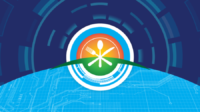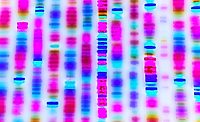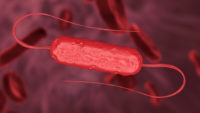Researchers Study Whole-Genome Sequencing Use for Foodborne Pathogens

A new study published in the journal Eurosurveillance addresses the costs and benefits of routine whole-genome sequencing (WGS). Researchers evaluated costs and benefits of routine WGS through case studies at eight laboratories in Europe and the Americas, including five which work with foodborne pathogens. All of the labs reported benefits from using WGS for pathogen identification and surveillance.
The study found that WGS provides a level of extra information that more than balances out additional costs if used effectively.
The researchers' work focused on the investment case for implementing whole-genome sequencing compared with conventional methods, based on costs and benefits in different periods between April 2016 and April 2019. For the five labs that do surveillance of foodborne pathogens, the reference period was typically a year.
These institutions, which include Istituto Zooprofilattico Sperimentale della Lombardia e dell’Emilia-Romagna (IZSLER, Italy), Administración Nacional de Laboratorios e Institutos de Salud (INEI-ANLIS, Argentina), Maryland Department of Health (MDH), Public Health Agency of Canada (PHAC), and Public Health England (PHE), use whole-genome sequencing for characterization of bacterial isolates in pathogen surveillance, mostly Salmonella, Listeria, Escherichia coli, and Shigella.
In the 12-month period, IZSLER did 175 routine surveillance samples, INEI-ANLIS did 320, MDH did 1,767, PHAC did 8,630 and PHE did 15,791, according to the study.
Looking for a reprint of this article?
From high-res PDFs to custom plaques, order your copy today!





